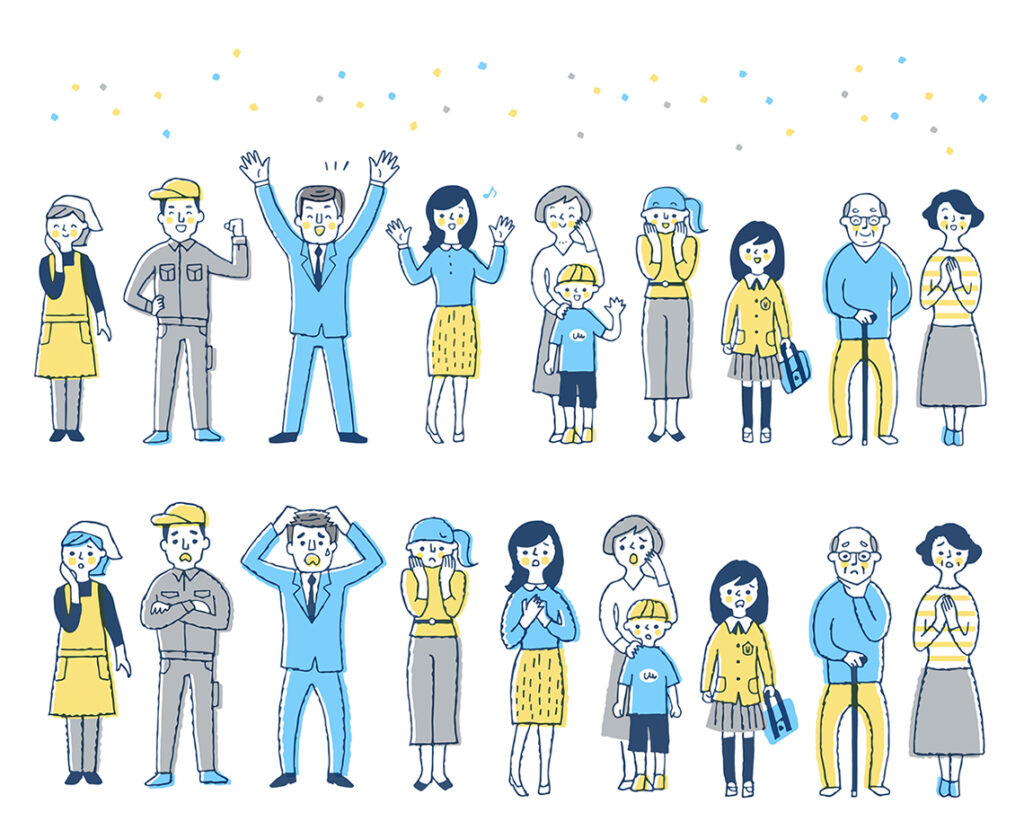In this video you will explore something called a Cyclical Maladaptive Pattern. These are those patterns that show up in a relationships and become unintentionally reinforcing in regard to painful beliefs about yourself such as being “unlovable,” “not good enough,” “a failure” and more.
Remember that 90% of each moment is informed by the experiences of our past. Your brain creates patterned ways of interacting with the world in order to decrease information processing overload and enhance the likelihood for survival. Because humans are biologically designed to be in relationship with one another for survival—in the early years of your development your sense of self was largely defined by how your caregivers, friends, peers, teachers, etc. interacted with you. If there were painful moments of rejection, bullying, teasing, fear, (or more) in your childhood then your amygdala may participating in your present day relationships and accidentally recycling the patterns of the past into the present moment.
Join Dr. Kate to learn more about the HOW and the WHY we do this and start creating actionable change today!













